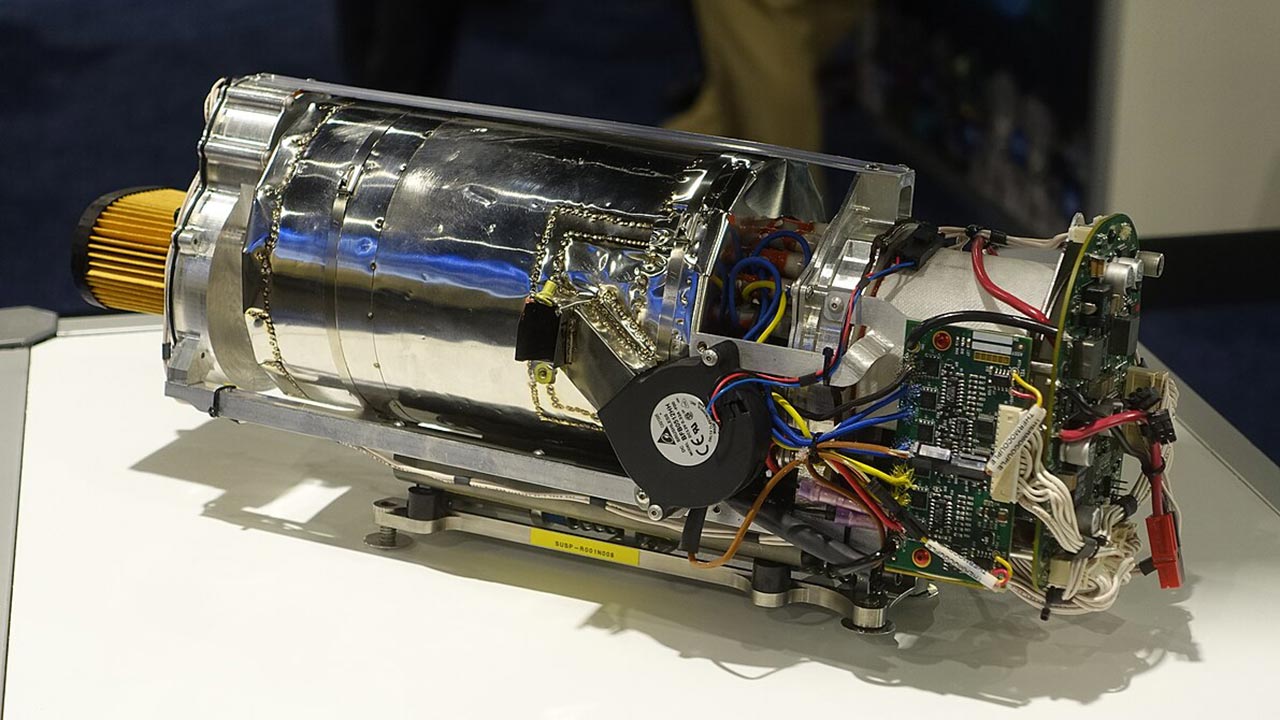
The Defense Advanced Research Projects Agency, or DARPA, is at the forefront of cutting-edge technology development, constantly pushing boundaries to enhance national security. From autonomous drones to bioengineered materials, DARPA is pioneering innovations that could redefine the future of defense. Here are seven groundbreaking technologies they are currently testing.
Autonomous Swarm Drones
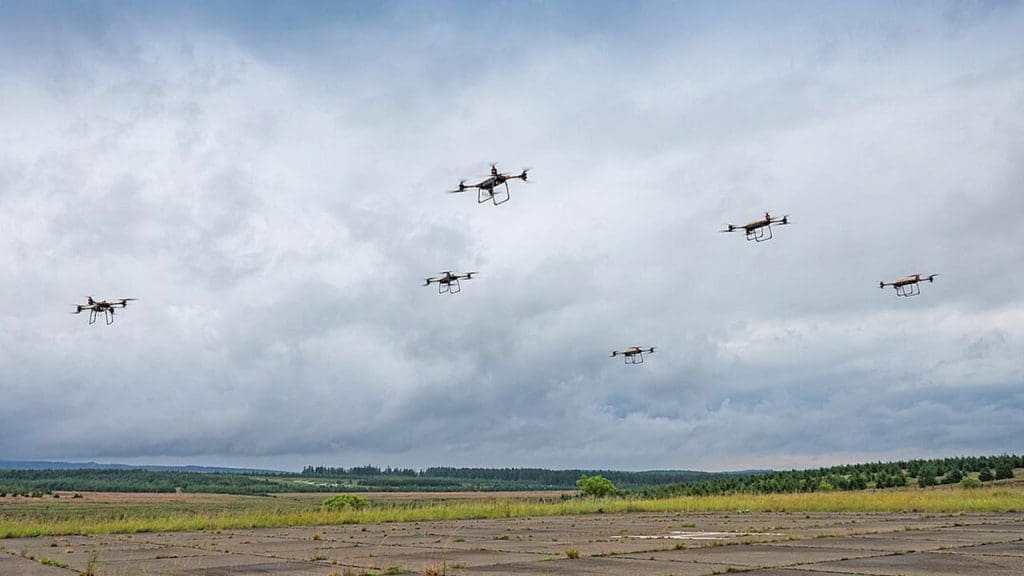
Imagine a fleet of drones working in unison to complete complex missions. This is precisely what DARPA is developing with their autonomous swarm drone technology. These drones are designed to operate collaboratively without human intervention, enhancing military operations by providing real-time data and executing tasks with precision. By leveraging advanced algorithms and AI, these drones can navigate challenging terrains, adapt to changing environments, and communicate seamlessly with each other. Such capabilities could revolutionize surveillance and reconnaissance missions, offering unparalleled efficiency and effectiveness in the battlefield.
Brain-Computer Interface Technology
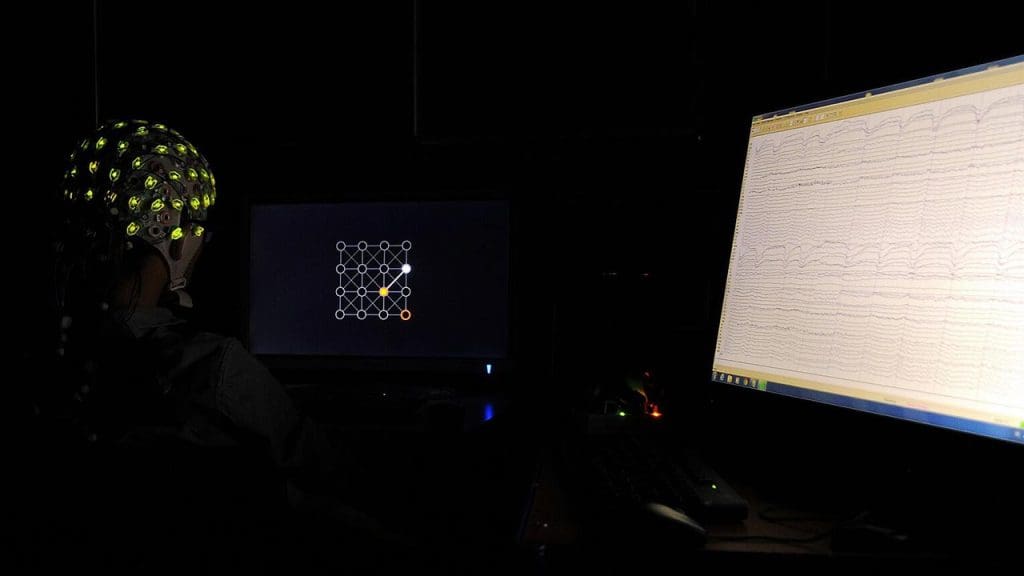
DARPA is breaking new ground with its work on brain-computer interfaces (BCIs). This technology aims to create a direct communication pathway between the human brain and external devices. BCIs could have profound implications for both military and civilian applications, such as enabling soldiers to control drones or other systems with their thoughts. The potential also extends to medical fields, offering hope for individuals with neurological disorders. DARPA’s research could pave the way for a future where the mind can interact seamlessly with machines, opening new horizons in human-machine collaboration.
Advanced Hypersonic Weapons
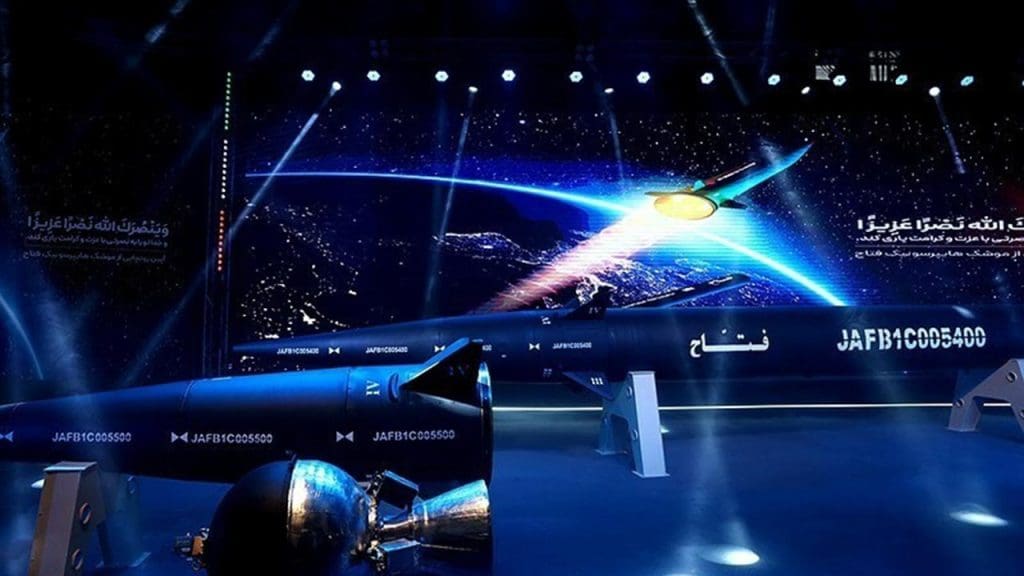
In the realm of defense, speed is crucial, and hypersonic weapons are set to redefine the speed of warfare. Capable of traveling at speeds exceeding Mach 5, these weapons are designed to strike targets with unprecedented velocity and precision. DARPA’s advancements in this area focus on developing systems that can withstand extreme conditions while maintaining maneuverability and accuracy. As nations race to harness hypersonic technology, DARPA’s efforts are critical to ensuring that the United States remains at the forefront of this strategic frontier.
Quantum Computing Applications

Quantum computing represents a paradigm shift in processing capabilities, and DARPA is exploring its potential to transform defense technologies. By leveraging the principles of quantum mechanics, these computers could solve problems that are currently intractable with classical systems. DARPA’s focus is on developing secure communications, advanced encryption methods, and robust data analysis capabilities. The implications for national security are immense, offering a future where complex computations can be performed rapidly, enhancing decision-making processes and strategic planning.
Next-Generation Prosthetics
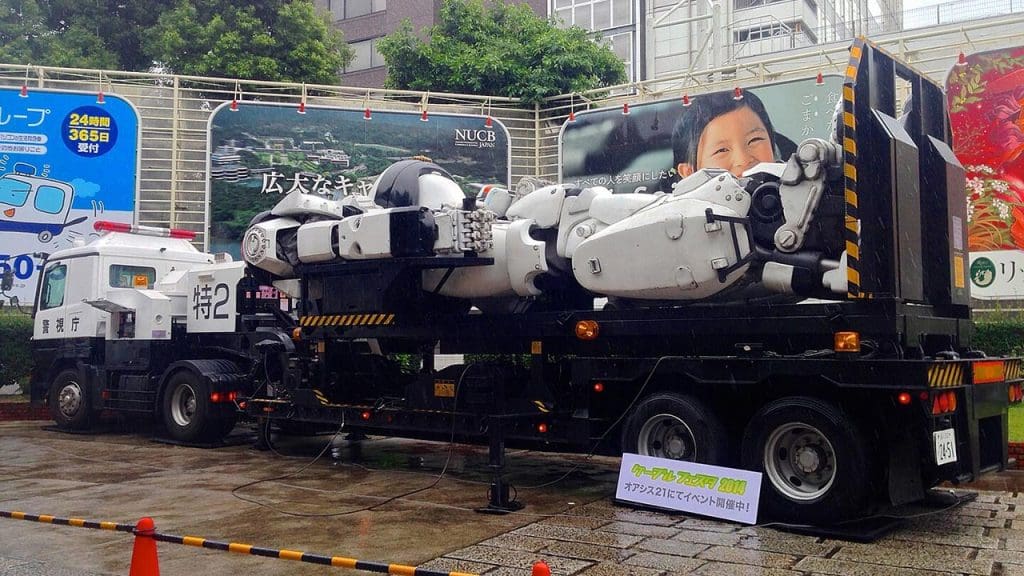
Advancements in prosthetic technology are offering new hope to those who have lost limbs, and DARPA is at the forefront of this innovation. By integrating robotics with human biology, DARPA is developing prosthetics that closely mimic natural limb functions. These next-generation prosthetics are not only more responsive but also provide sensory feedback to the user, enabling a greater range of motion and control. Such innovations hold the promise of significantly improving the quality of life for veterans and civilians alike, facilitating their reintegration into daily activities with enhanced capabilities.
AI-Powered Cyber Defense Systems

As cyber threats continue to evolve, DARPA is developing AI-powered systems to bolster defense mechanisms against these digital attacks. By using machine learning algorithms and advanced analytics, these systems can detect and neutralize threats in real-time. DARPA’s research in this area aims to create autonomous systems capable of anticipating cyberattacks, adapting to new threats, and providing robust defense without human intervention. This proactive approach could redefine cybersecurity, offering a resilient defense infrastructure capable of safeguarding critical assets and sensitive information.
Bioengineered Materials for Defense

DARPA’s exploration into bioengineered materials is opening new possibilities for defense applications. These materials are designed at the molecular level to exhibit properties not found in nature, such as enhanced strength, flexibility, or self-healing capabilities. The potential applications are vast, from creating lightweight armor to developing materials that can adapt to environmental changes. By harnessing the power of biotechnology, DARPA is paving the way for innovative solutions that could lead to more efficient and sustainable defense systems.